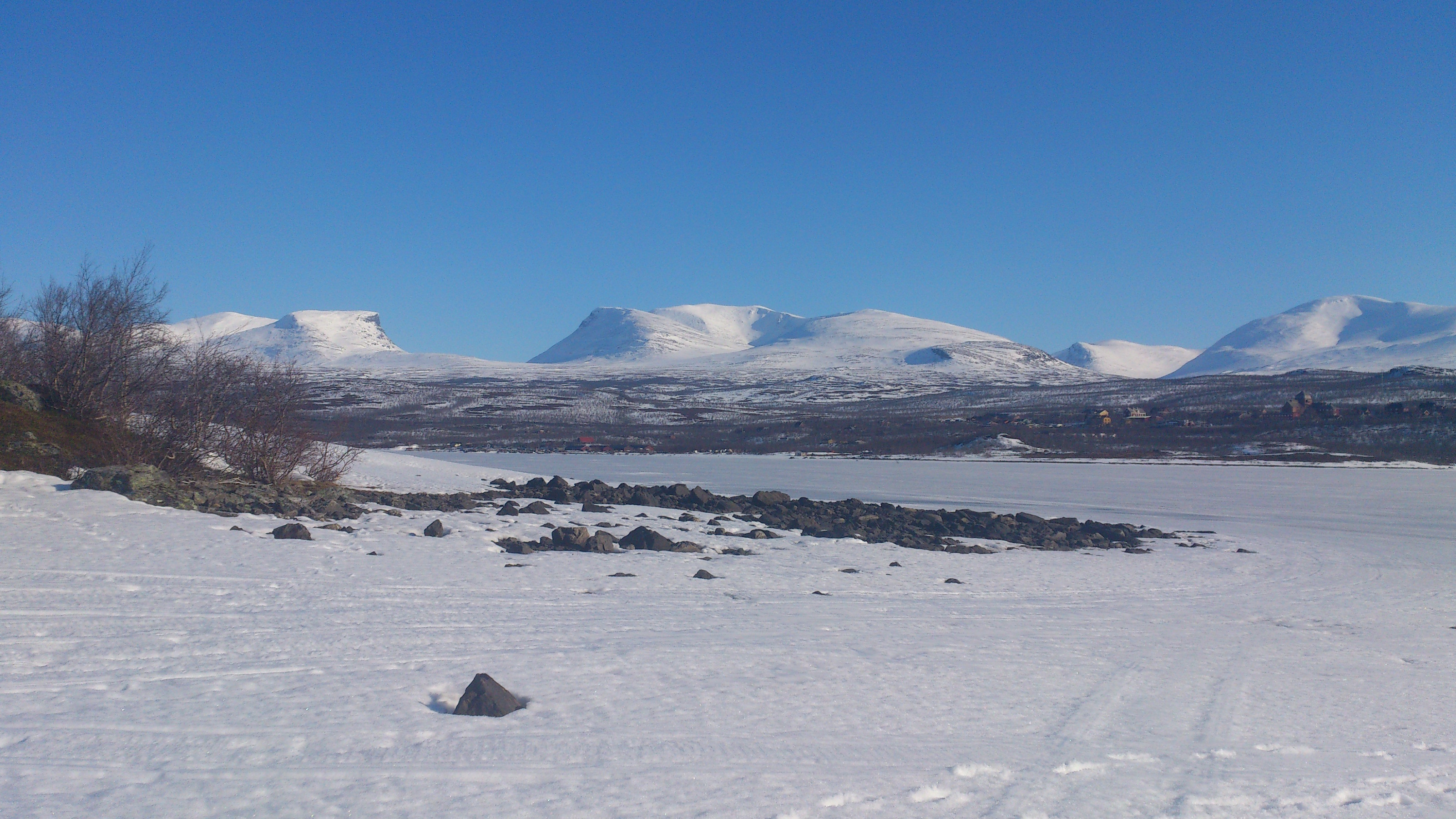
Thawing permafrost and global warming fuel each other
An international study led by experts at The University of Queensland has investigated the level of greenhouse gas emissions that will be produced by thawing permafrost over the next 100 years. The findings may enable scientists to more accurately predict the future rate of global warming.
The researchers examined the microorganisms involved in permafrost carbon degradation and found a link between changing microbial communities and a rise in greenhouse gas emissions.
“As global temperatures rise, large amounts of carbon sequestered in perennially frozen permafrost are becoming available for microbial degradation,” explained study co-author Dr Woodcroft.
“Until now, accurate prediction of greenhouse gas emissions produced from thawing permafrost has been limited by our understanding of permafrost microbial communities and their carbon metabolisms.”
The researchers used sequencing methods developed by study co-author Professor Gene Tyson to analyze over 200 samples from intact, thawing, or thawed permafrost sites in northern Sweden.
The study produced over 1,500 microbial genomes that had never before been identified and which were found to be involved in complex biochemical networks. The research also implicated a number of these new lineages in the production of greenhouse gases.
Study co-author and PhD student Caitlin Singleton said that permafrost stores around 50 percent of the total global soil carbon, or 1,580 billion tons.
“The Intergovernmental Panel on Climate Change report estimated that between 30 and 99 percent of near-surface permafrost could disappear by 2100,” said Singleton.
“Northern permafrost wetlands contribute a significant portion of global methane emissions, particularly as collapsing permafrost can create the perfect anaerobic conditions for methane-producing microorganisms (methanogens), and their metabolic partners, to thrive.”
“This is important as methane is a potent greenhouse gas – 25 times more efficient at trapping the sun’s radiation in our atmosphere than carbon dioxide.”
According to Singleton, methane emissions increase as permafrost thaws, causing a positive feedback loop where increased atmospheric warming will cause more thawing.
The study is published in the journal Nature.
—
By Chrissy Sexton, Earth.com Staff Writer
Image Credit: Caitlin Singleton













